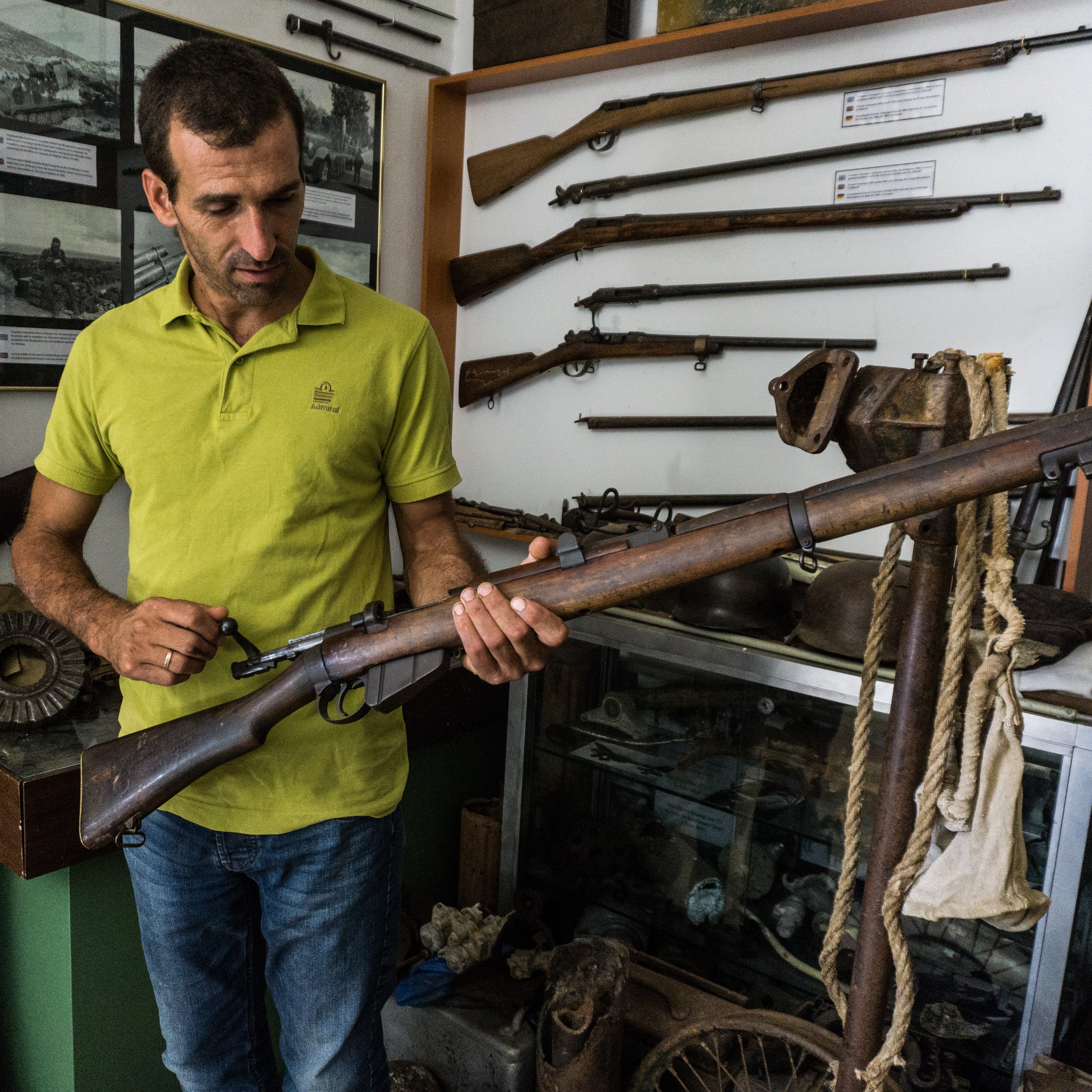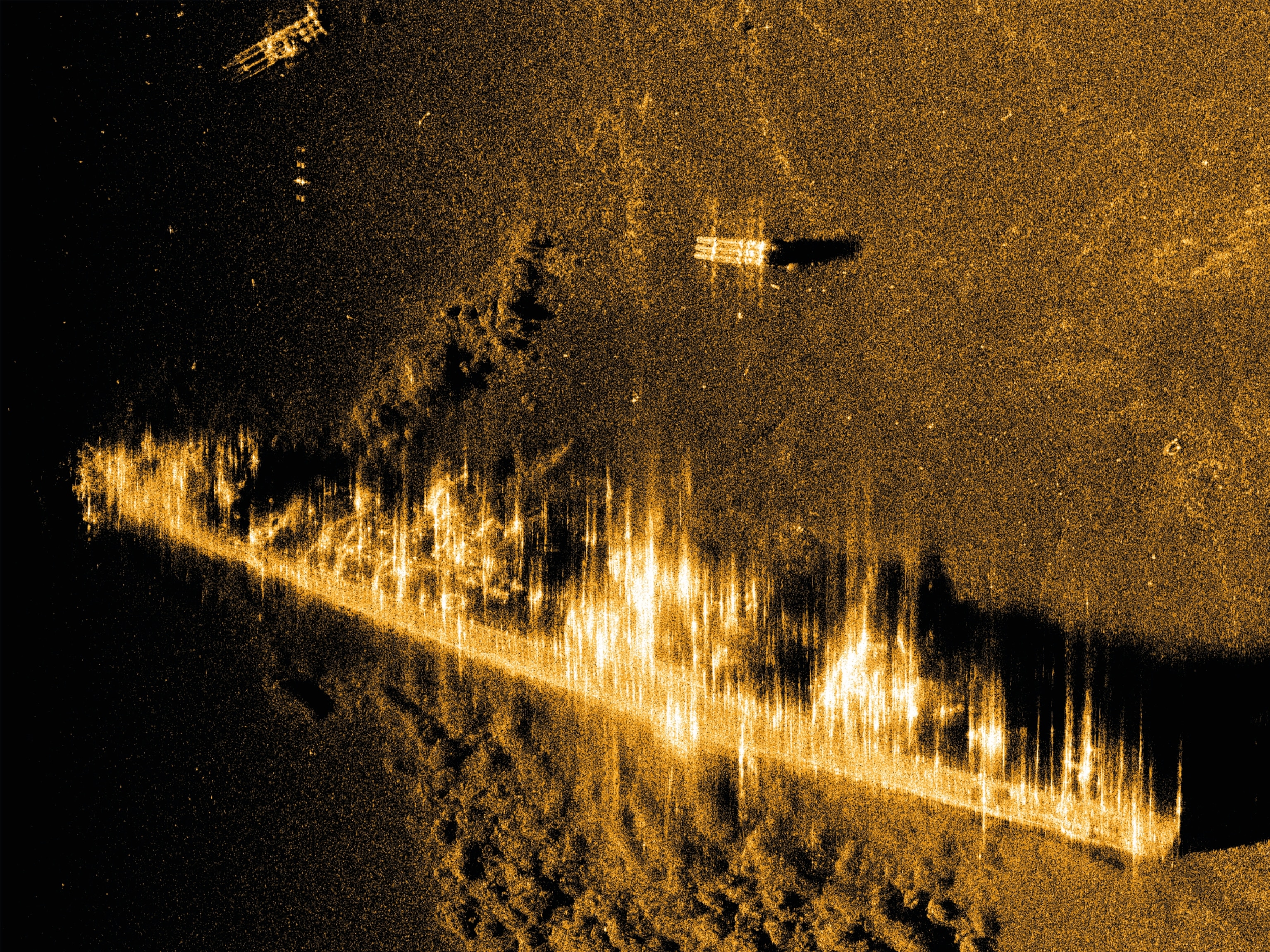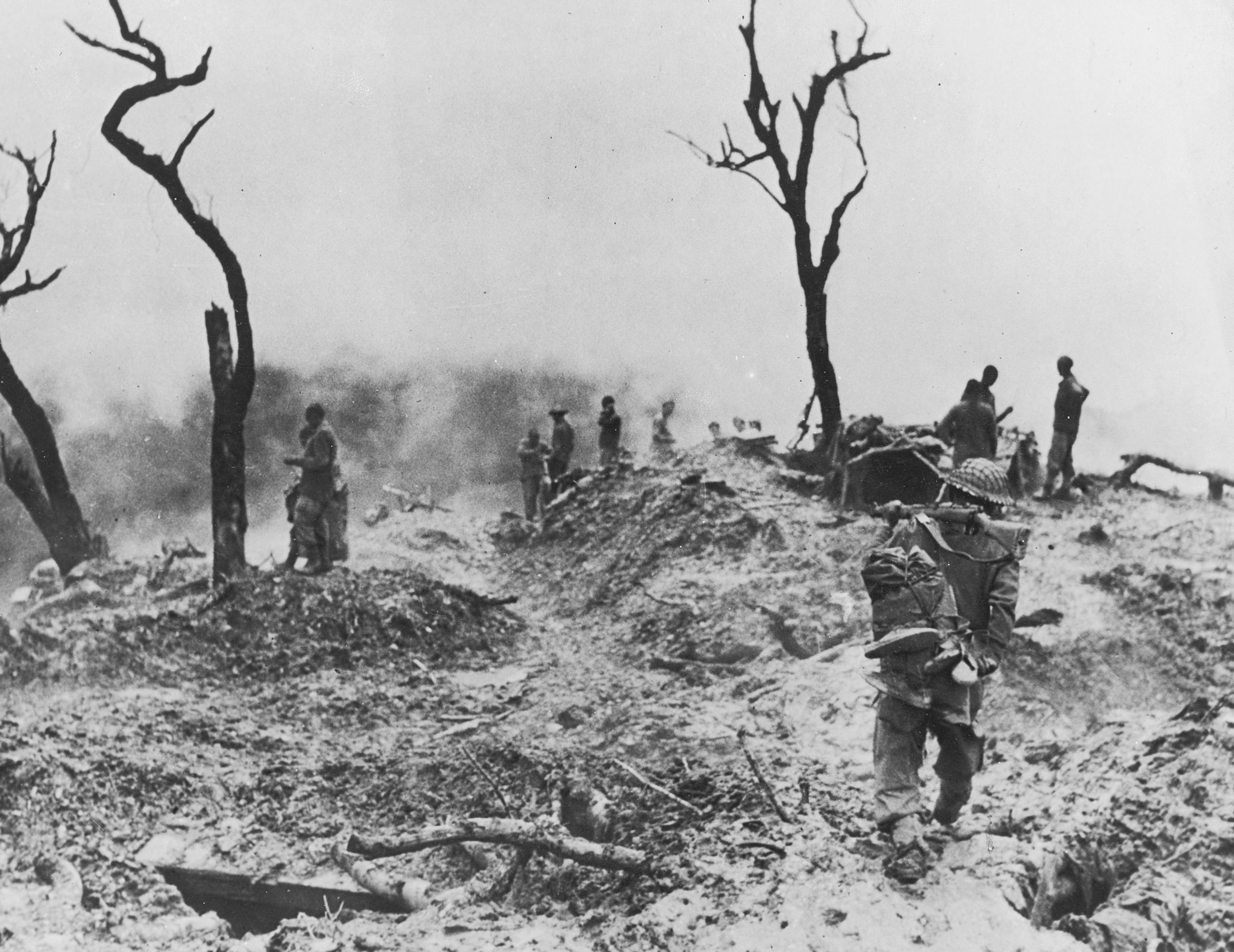
Memories of World War II bloodshed surface in a trek across India
“We never find bones.” But farmers in the remote hills of northeastern India do unearth other evidence of a brutal ambush by the Japanese in April 1944.
HAOCHONG, MANIPUR, INDIA — Bakebonang Bariam, a farmer in subtropical Manipur state, in northeastern India, has been digging up relics for years in the rice and ginger fields of his hill village called Haochong.
“We never find bones,” Bariam said. “Just these.”
In his leathery palm lay two copper coins minted during the British Raj. The coins were blackened by the fires of shifting cultivation. There was a silver Indian rupee as well, dated 1943 and stamped with the bust of George VI, king of the Britons during the middle of the last century. None of the finds could rightly be described as treasure. They were more like memento mori—a currency of tragedy. The coins had been carried to remote Haochong in the pockets of men who had died horribly. Most of the doomed had been Nepali and Indian. A few might have been indigenous Naga villagers, like Bariam himself. One certainly was an adventurous Englishman who, on a lark, had driven from the United Kingdom to India in a 30-horsepower car. All were fighting for the British in World War II. Ambushed by a Japanese patrol, they had been captured, bound, and bayoneted to death or decapitated. Their bodies were dumped into a ravine above Bariam’s fields.

“We buried the sahib next to the village store,” recalled Bariam’s 87-year-old uncle, Chilannang Bariam, using the colonial term for a British officer. “He seemed important. I think his name was Stark.”
Only it wasn’t, exactly.
Military records identify him as Thomas Arthur “Timmy” Sharpe. Sharpe wasn’t even a soldier. He was a civilian administrator in the Indian government, a graduate in math and physics from Cambridge, on a fatal mission to organize a guerrilla network against the Japanese. For more than 70 years, villagers said, nobody had come to investigate his fate, or the fates of his men, who were executed alongside him. Such is the destiny of the ghosts of the Burma Campaign.
THE WAR between Britain and Japan in the hinterlands of Southeast Asia forms a brutal but relatively obscure chapter in the chronicles of World War II.
Between 1942 and 1945, upwards of a million and a half men fought each other in the leech-plagued jungles, wild rivers, and monsoon-drenched mountains of northeastern India and present-day Myanmar. (Watch this video to see the jungle terrain where Sharpe spent his final days.) In India alone, huge set-piece battles killed nearly 75,000 soldiers and uncounted civilians, more than double the death toll of more famous Pacific engagements like Guadalcanal. It was a miniature “world war” within the larger global conflict. Not just British and Japanese forces were involved; so were supporting troops from India, the United States, Canada, Thailand, Burma, China, Australia, New Zealand, and several African countries.
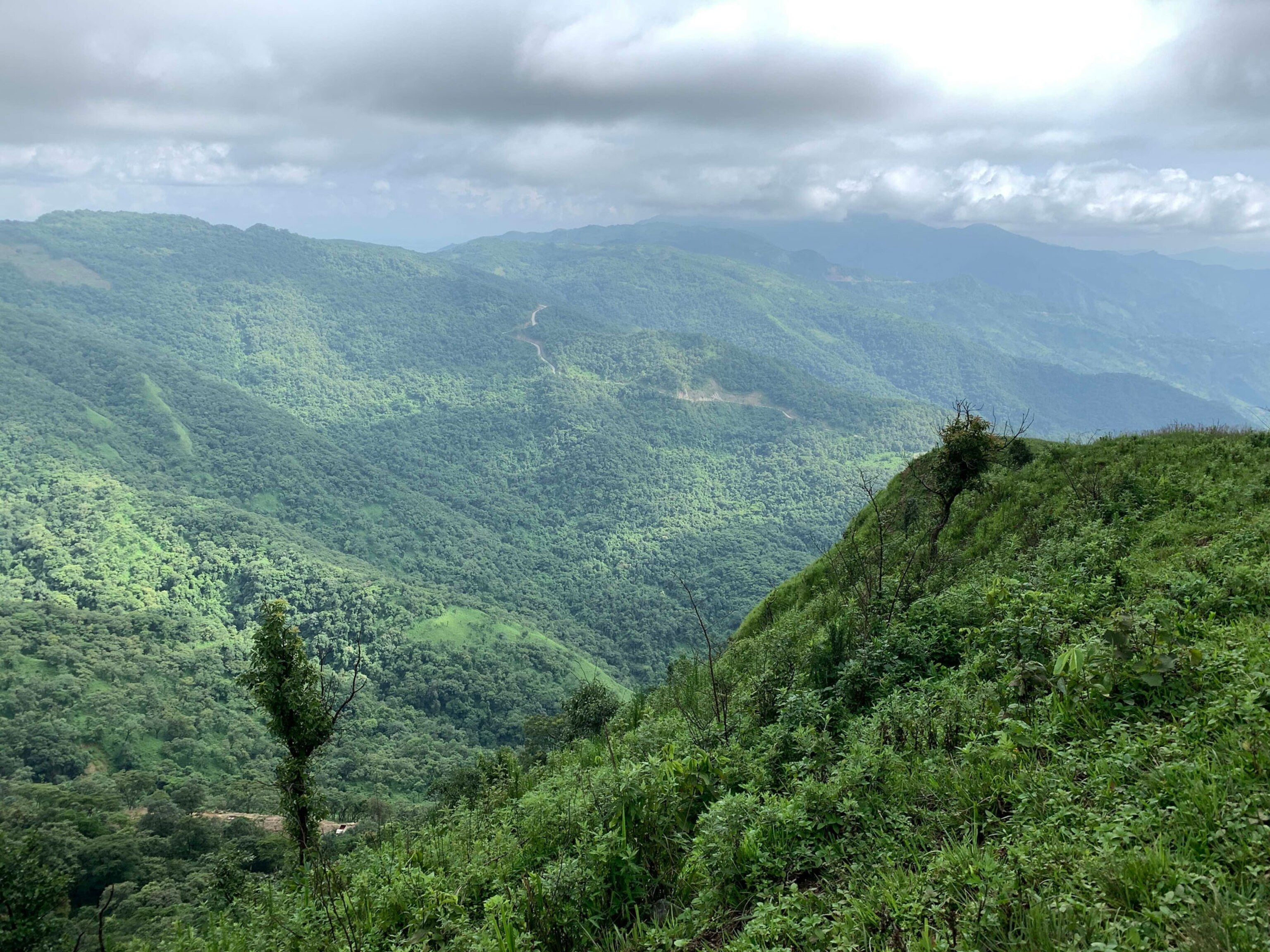
At first, the British were badly routed, quickly losing Hong Kong, Malaya, and Burma. But a massive counterattack against the invading Japanese marked a key turning point in World War II. Japan’s war machine never recovered. Military historians note that the successful Burma Campaign, as it’s now called, remains overshadowed by D-Day in France, which unfolded at the same time, and tainted by the perception that the allied victory propped up colonialism: A European empire was reclaiming its Asian turf.
Those mixed emotions endure in India.
“There is perhaps no other country in the world that is as ambivalent, at best, and uncaring, at worst, about its own role in the Second World War,” Hemant Singh Katoch, author of The Battlefields of Imphal, writes of India’s lingering indifference to its wartime history. “This is remarkable, especially if one considers the oft-quoted fact that at the outset of the war in 1939, the Indian Army consisted of some 200,000 men; by the time the war ended in 1945, that number had gone up to over two million.”
It’s true that the bulk of India’s recruits flocked to the British colonial army. But tens of thousands of others also enrolled in a nationalist Indian legion supported by the Japanese, hoping to expel the British from India and win independence.
Today, in the former front-line state of Manipur, where opposing armies once grappled hand-to-hand in rain-filled trenches, on jungle trails, and even across a colonial official’s manicured tennis court, little visible evidence remains of the Burma Campaign’s mass violence.
A Japanese-funded peace museum commemorates the bitter siege of Imphal, the capital of Manipur, where 50,000 attacking Japanese soldiers died. A few rusty British-era footbridges still sag over the region’s mountain streams and rivers. And in villages, only the most elderly residents can summon flickering memories of a vast war that struck down both combatants and civilians.
“Bombs would fall on us, and people would run into the forest,” said Chilannang Bariam, the octogenarian in Haochong, a still isolated community of ethnic Naga hill farmers who until a century ago practiced animism and headhunting. “Sometimes British bombs, sometimes Japanese bombs. We were lucky nobody got killed. Our elders said it was our village deity, Rashwang, who protected us.”
In the spring of 1944, the divine shield slipped.
That’s when a platoon of strange men crept out of the undergrowth in Haochong, Bariam said. They wore leaves and tree branches pinned to their muddy uniforms. These were the advance units of the 15th Imperial Japanese Army.
THE WAR CRIMES allegedly committed 76 years ago in Haochong were by no means unique in the Burma Campaign. War reports from the period are stained with atrocities, ranging from the torment of allied prisoners in Thailand as depicted in the film The Bridge on the River Kwai to the murder of hundreds of villagers in the Kalangong massacre in Burma. But the memories of the people of Haochong are until now unrecorded.
The following account is reconstructed from interviews with Haochong elders, fragmentary military reports, and contemporary newspaper clippings: By April 1944, the British army guarding the Indian frontier with Burma was being assaulted by 110,000 seasoned Japanese troops. According to the official army diary, a young civilian named Thomas Arthur Sharpe was dispatched into the hills west of Imphal on a special mission: Help organize local resistance in coordination with a secretive “V Force”—a singular British guerrilla unit comprised, in the words of historian Fergal Keane of “tea-planters, adventurers, regular officers, old soldiers, former headhunters and Indian troops.”
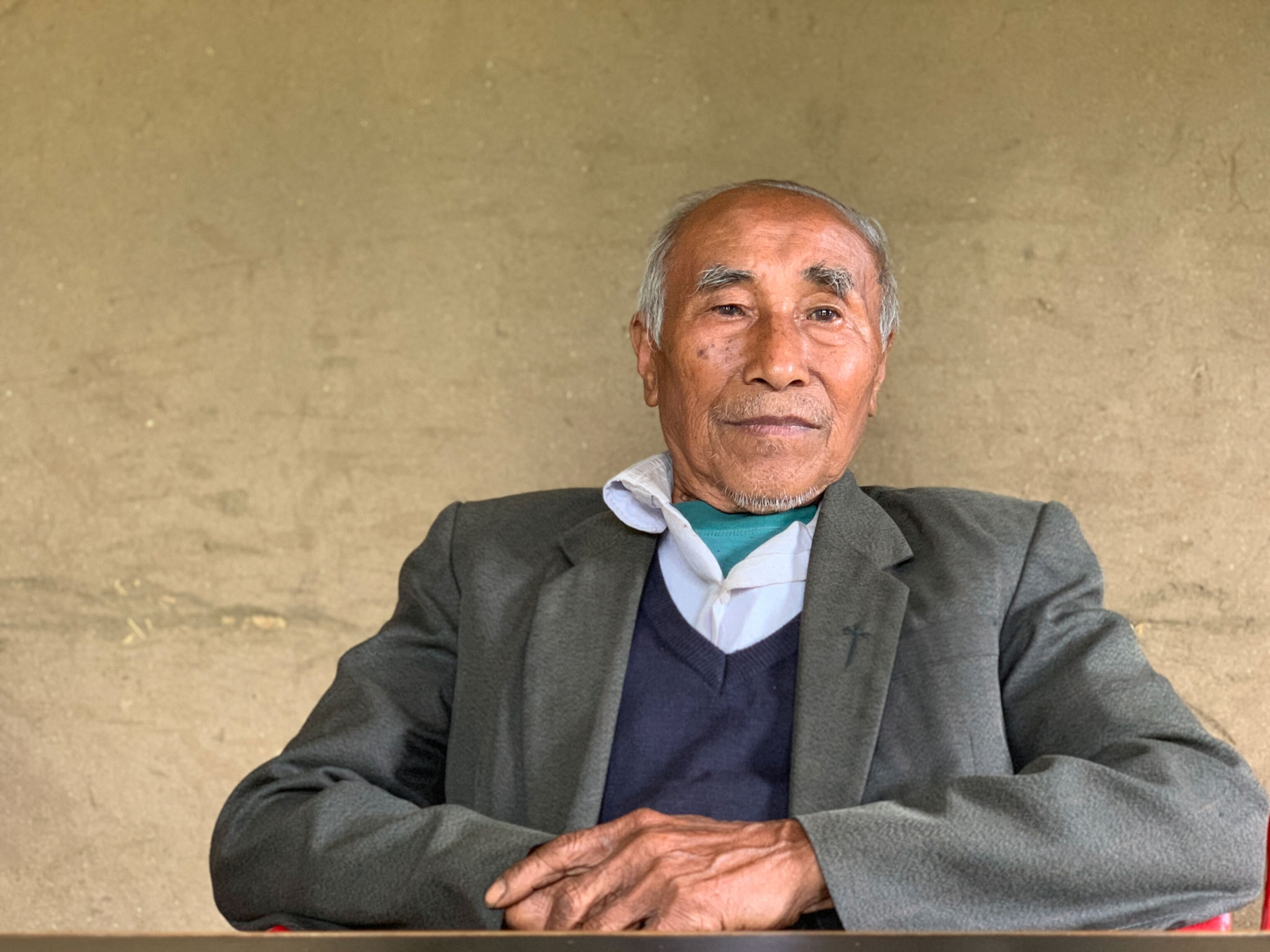
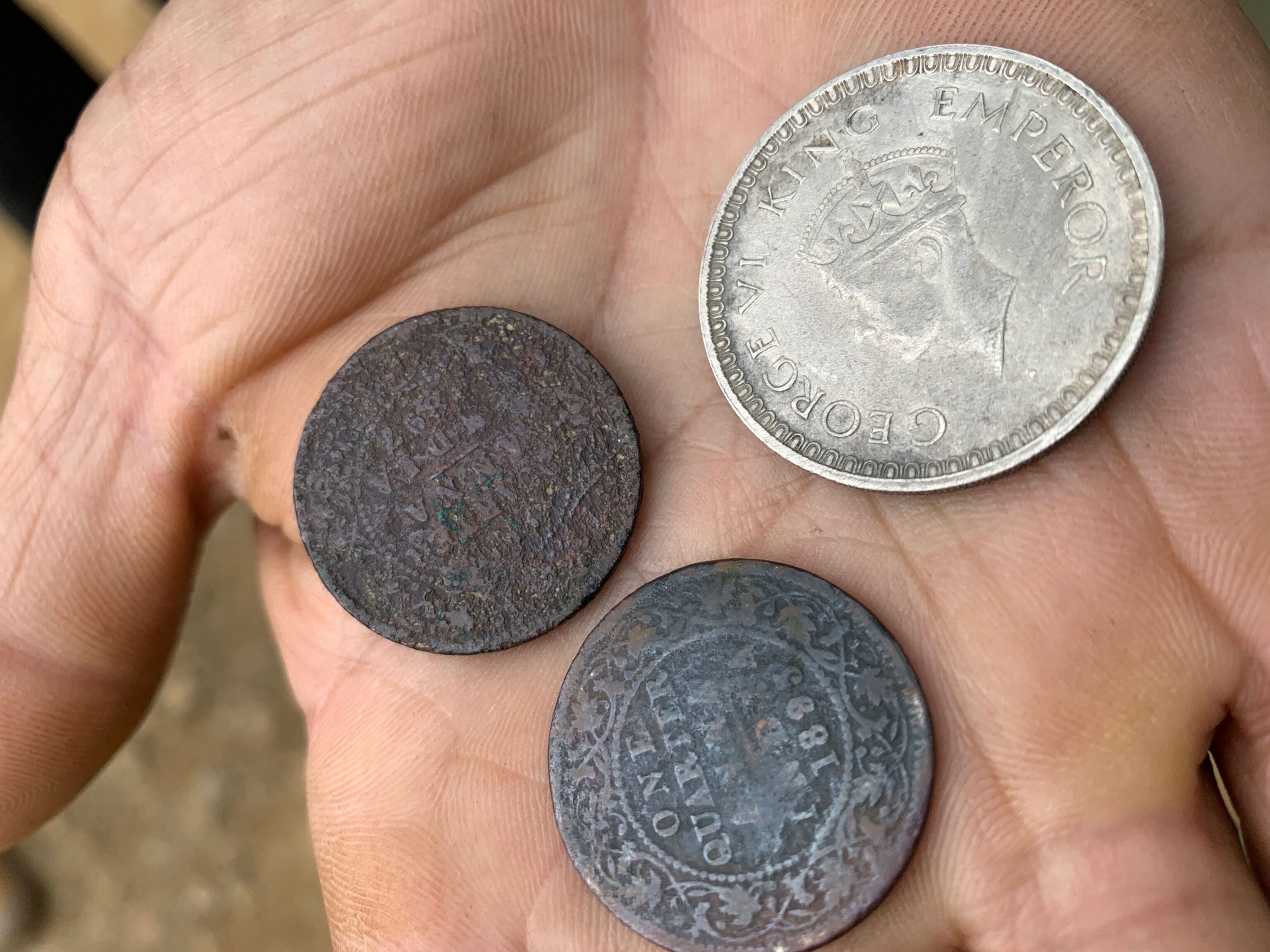
A regular soldier assigned to the Burmese front left this description of a typically exotic V Force officer traversing the jungle combat zone:
“[An] elephant hove into view. On its back was a crude bamboo howdah and perched half-in and half-out of it was an eccentrically clad British officer who waved to us cheerily . . . A quick cup of tea and he was on his way . . . he was a tall, biblically bearded fellow in flowing white robes, striding along at a great pace holding up a large black umbrella against the sun.”
Sharpe didn’t ride elephants. He slogged into the Manipur hills with a column of indigenous troops. What few facts are known about him suggest a restless streak.
Born to middle-class parents in the English Midlands, Sharpe graduated from Emmanuel College at Cambridge University and immediately set his sights on India. With English and Indian friends, he trundled across Europe and Persia by car to reach the subcontinent—an exploit in pre-highway days. After bouncing around the Indian civil service, he ended up in Imphal, where he rose to deputy commissioner and was briefly taken hostage by thousands of infuriated women protesting a rice monopoly that was triggering a famine. In 1942, the king awarded him a medal for personally guiding the retreating commander of U.S. forces in Burma, Gen. Joseph Stillwell, safely over the Indian border. In Haochong, his adventures stopped. He was 30.
“The British didn’t know the Japanese were here,” said Bariam, the village elder, who was 10 at the time. “Many of the British soldiers were shot.”
The ones who survived were tied up, Bariam said, and made to lie down on the trail: “The Japanese forced us to walk on top of them.”
Like other old people in Haochong, Bariam speculated that the Japanese had brutalized Sharpe and his men to warn the Nagas against aiding the British war effort. If so, the display of cruelty may have been superfluous.
Before the war, the hills around Haochong had been the epicenter of a remarkable uprising by the Naga population against British colonial rule. A mystic from a nearby village, a teenage girl named Gaidinliu Kamei, had roused the Nagas to reject the Europeans’ Christianity, taxes, and forced labor. The revolt was put down by force of arms. At least some Haochong villagers probably received the Japanese as liberators.
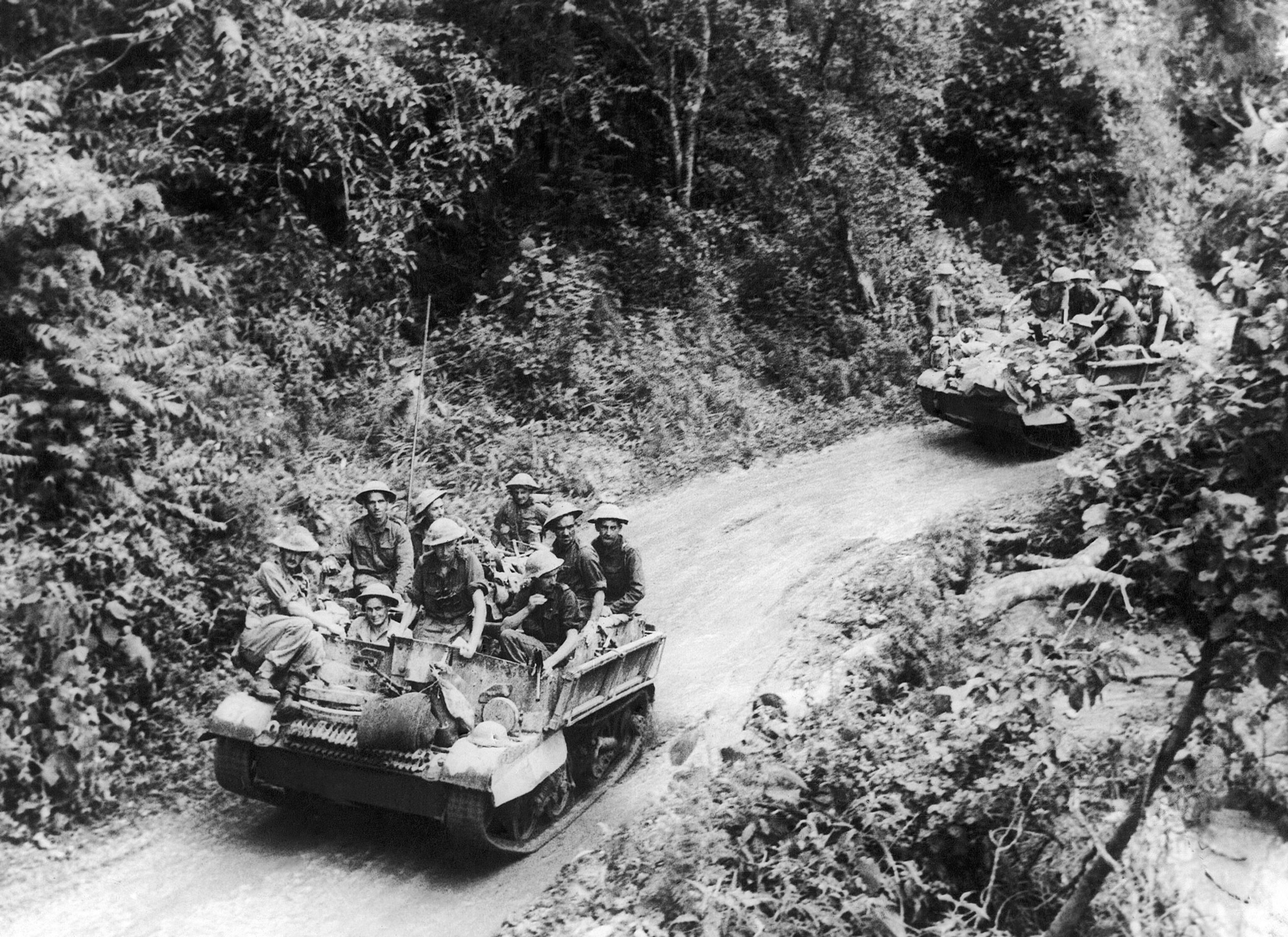
After the torture session, the surviving British-Indian prisoners of war, or POWs, were marched one-by-one to the lip of a ravine, Bariam said. Japanese soldiers waiting there cut the men’s throats with bayonets or decapitated them with swords. Official British war records suggest that Sharpe was shot. But Bariam insisted he was beheaded.
“In the Burma Campaign, there were many reports of Japanese using their POWs for bayonet practice,” said Yaiphaba Kangjam, a war historian in Manipur whose company, Battle of Imphal Tours, organizes visits to battlefields in the region. “Hence, the claims of the village elders may be true.”
The massacre’s toll is impossible to confirm. Oral tradition in Haochong holds that about 40 men were killed. Military experts say that figure is likely too high. Regardless, the identities of the victims, apart from Sharpe, are unknown. They may have included Gurkha militiamen from Nepal or Indian Assamese troops. The dead might even have included Naga load bearers. Indigenous casualties from the incident aren’t named in available World War II war records.
“Those boys must still be there,” said Dinta Inka, chairman of Haochong village council. “Nobody ever came to get them.”
As for Sharpe, even the location of his grave remains in dispute.
Inka pointed out a site in the village where he said the sahib’s body was buried: atop a hillock with a view of a half-built Baptist church. A Manipur historian familiar with the case, Rajeshwor Yumnam, disputed this: The Englishman was exhumed after the war, Yumnam said, and lies somewhere under the grass of the old British governor's compound in Imphal.
Sharpe appears never to have married or had children. The archives of Emmanuel College record that his only surviving sibling, Olivia Sharpe, donated her brother’s medal, The Most Excellent Order of the British Empire, to his old alma mater before she died. And today, the wartime track on which he and his men walked to their deaths is mostly reclaimed by forest, and rings with the songs of cicadas.
Paul Salopek won two Pulitzer Prizes for his journalism while a foreign correspondent with the Chicago Tribune. Follow him on Twitter @paulsalopek.
